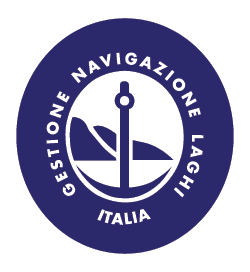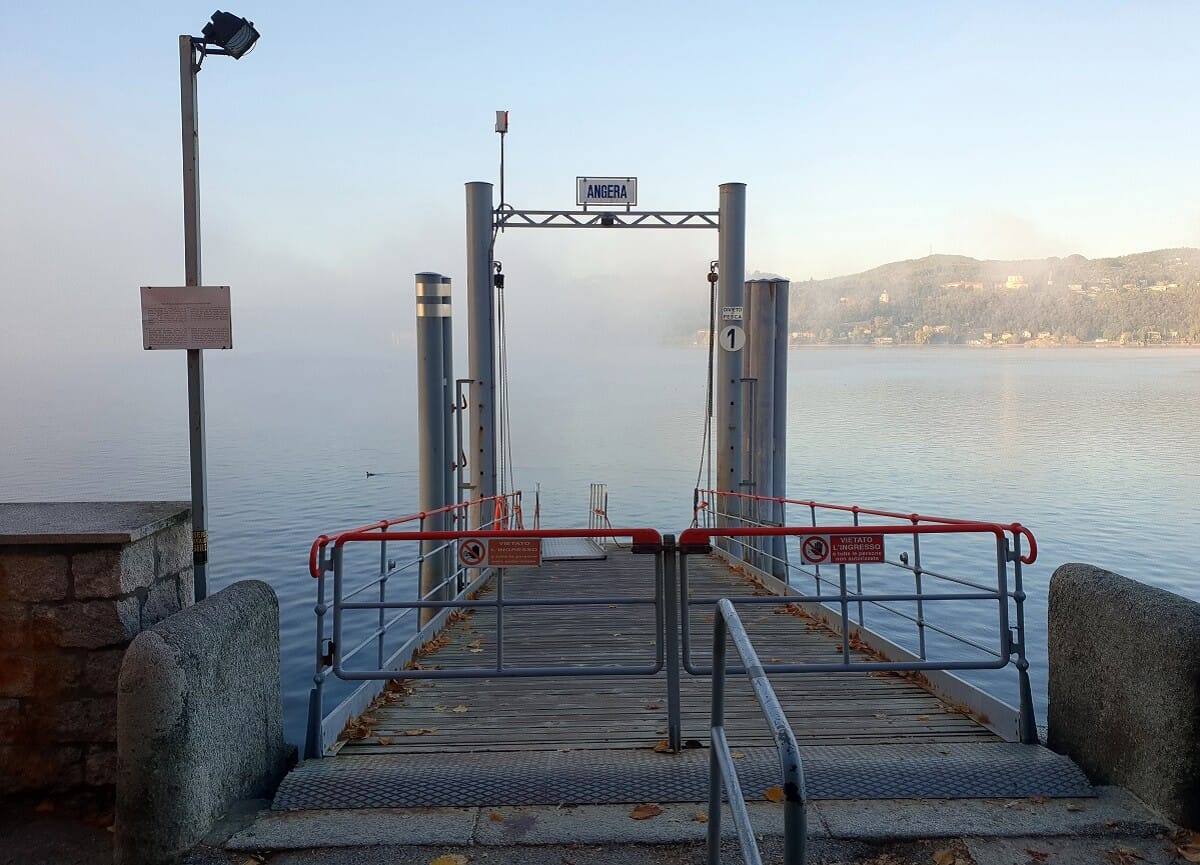The managers of the docks can adjust the height of the docking stations based on the water level, ensuring 100% safe docking—even during heavy rainfall
Alongside passenger vessels, technical and administrative sectors, and maintenance yards, these docking stations are essential to the operation of regular navigation services on Lakes Maggiore, Como, and Garda. These arrival and departure stations—also known as imbarcaderi—were historically established together with scheduled ferry services in the first half of the 19th century.
Each one is equipped with one or more landing stages (ranging from 10 to 20 metres in length), fixed support poles embedded in the lakebed, and others that act as guides or supports for docking vessels.
These are infrastructures that require continuous adjustment, especially on Lake Maggiore, where the water levels are significantly influenced by the flow of tributaries and the dam managed by the Ticino Consortium. For this reason, the dock manager checks the height of the docking stations at the beginning of each service day, adjusting it if necessary. While the height remains unchanged in stable conditions, during heavy rainfall it may need to be regulated more than once a day.
OPERATIONS ON LAKE MAGGIORE
On Lake Maggiore, Fior d’Arancio II handles most of the maintenance work. This vessel is equipped with a floating workshop capable of performing carpentry, woodworking, and mechanical repairs. Its crew can include up to four people, two of whom are responsible for adjusting the piers—an operation that takes around 20 minutes.
Adjustments are usually made before the start of service, though in some cases they must be performed during breaks between sailings. More extensive maintenance—such as replacing wooden deck panels, repainting structures, or replacing support poles—is carried out during the winter months according to a multi-year maintenance plan.





